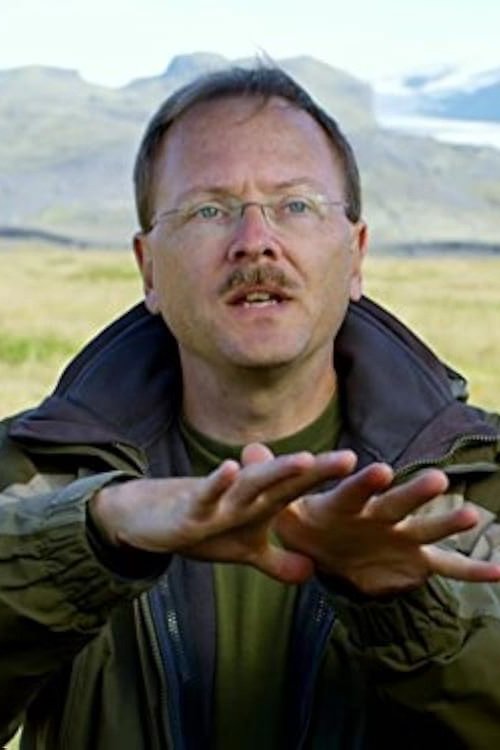

Travel back 66 million years ago when a meteor struck the Earth, wiping out three-quarters of all life on the planet. What happened in those first hours? Why did some creatures survive while nearly all others perished? Using computer graphics and real-world recreations, National Geographic reveals the likely effects of the catastrophic impact that changed the world forever and examines who won, who lost, and why.
Daniel Durda is an American planetary scientist, astronomer, aerospace engineer, and artist known for his work in asteroid research, space mission design, and human spaceflight training. Durda earned his Ph.D. in planetary sciences from the University of Florida, specializing in asteroid dynamics and small body evolution in the solar system. His academic research has focused on the physical properties of asteroids, planetary impact processes, and space debris dynamics. Durda is a senior research scientist at the Southwest Research Institute (SwRI) in Boulder, Colorado. His work involves planetary defense, asteroid impact modeling, and space mission studies. He has contributed to NASA-funded programs studying Near-Earth Objects (NEOs), planetary surface evolution, and space exploration technologies. A key area of his expertise is asteroid fragmentation and impact physics, where he has conducted laboratory and computational simulations to understand asteroid collisions. He has also participated in the development of space missions related to asteroid deflection and planetary protection. Durda has also worked on human spaceflight programs, training as an astronaut candidate for suborbital spaceflight research missions. He has participated in zero-gravity flights and trained for potential future suborbital missions with commercial spaceflight providers.
By browsing this website, you accept our cookies policy.